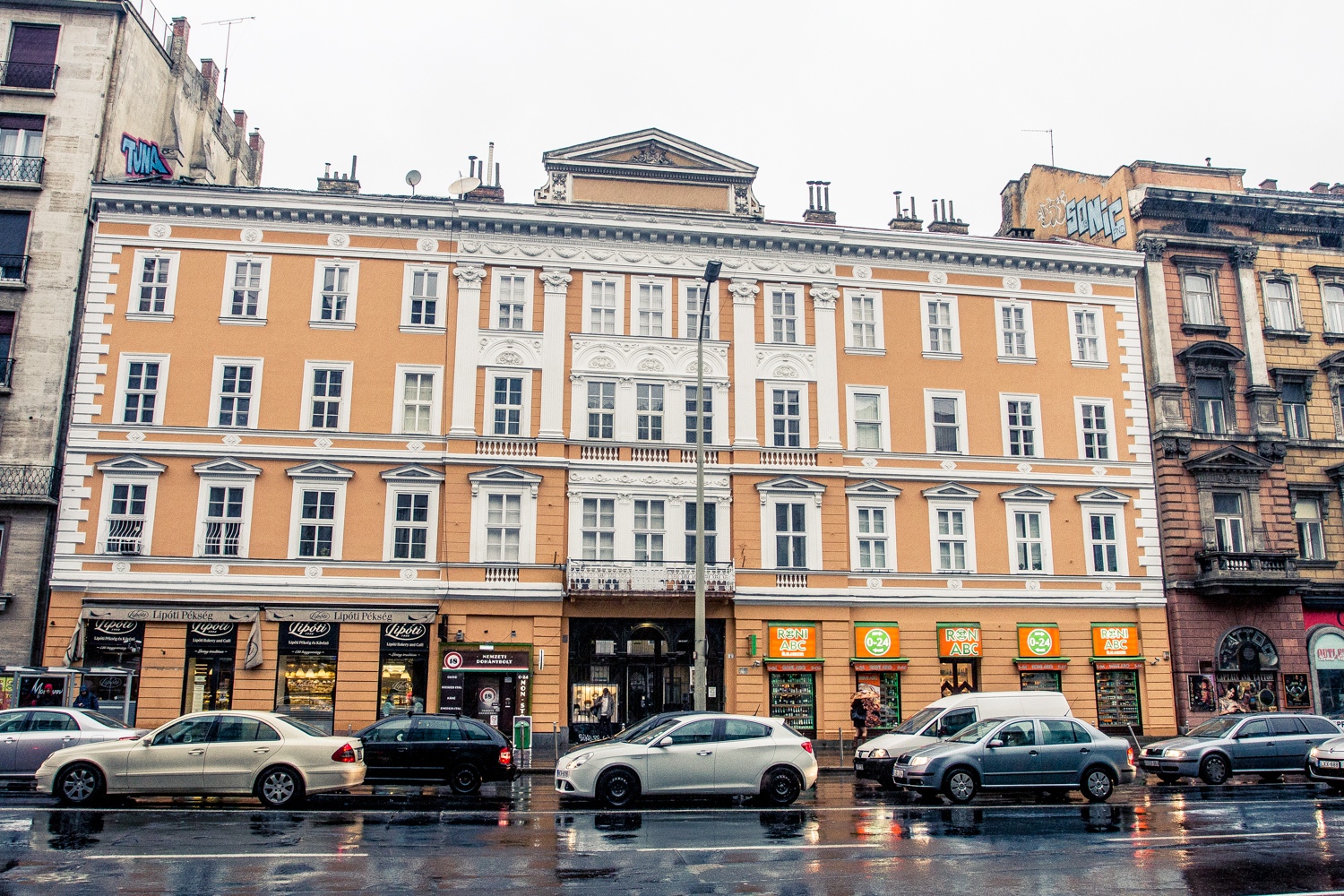Whether it’s a suburban family house, a downtown palace, or an apartment block providing a drab background to bus stops, the sight of neglected buildings – often in dire need of renovation – can be depressing both for those who are already used to Budapest’s crumbling walls, and city newcomers who are shocked by the poor condition of these structures.

The omnipresent sight of dilapidated buildings is particularly embarrassing when they line major downtown routes, not to mention when a badly furnished or completely empty storefront further spoils the view. The chaos is sometimes made worse by good intentions, as well: no matter how the owners try to tidy up their own individual shops, there are no guidelines for their appearance, so the tightly packed businesses with disparately decorated storefronts can resemble a chaotic row of market stalls.

Many people are seeking solutions to this problem; Budapest’s Terézváros neighborhood, for example, launched a great initiative in which the district government made offers to the owners of “problematic” stores. This led to the establishment of the Nagykörút Portálprogram (“Grand Boulevard Portal Program”).

Although the tender doesn’t specify details, the attached photos suggest that the most embarrassing street section in Budapest is the one running from the Keleti Railway Station to Ferenciek Square – with emphasis on the part after Astoria, where tourists fresh off the bus often decide to take spontaneous walking tours. At the bottom of the buildings, part of the cultural heritage, there are many messy or empty store premises, as well as shop windows decorated according to old trends, both often looking cringeworthy.

Within the framework of the tender Műemléki Keret (“Monument Frame”) 2016, 200 million forints will be distributed. Only the owners and lawful users of the buildings under heritage protection (unique monument protection, as well as metropolitan and local district protection) are eligible for the support, as builders. The goals of the tender are the standardization of storefronts, the restoration of the buildings to their original condition, the correct layout of advertising media under the rules of the specific area and the heritage-protection criteria, and the restoration of the original façade architecture.

The tender has already received applications, so soon we might be able to see some improvements on the façades of varied downtown boulevards.




